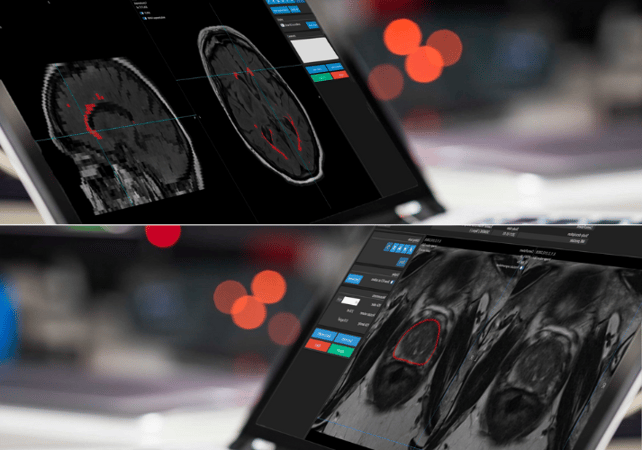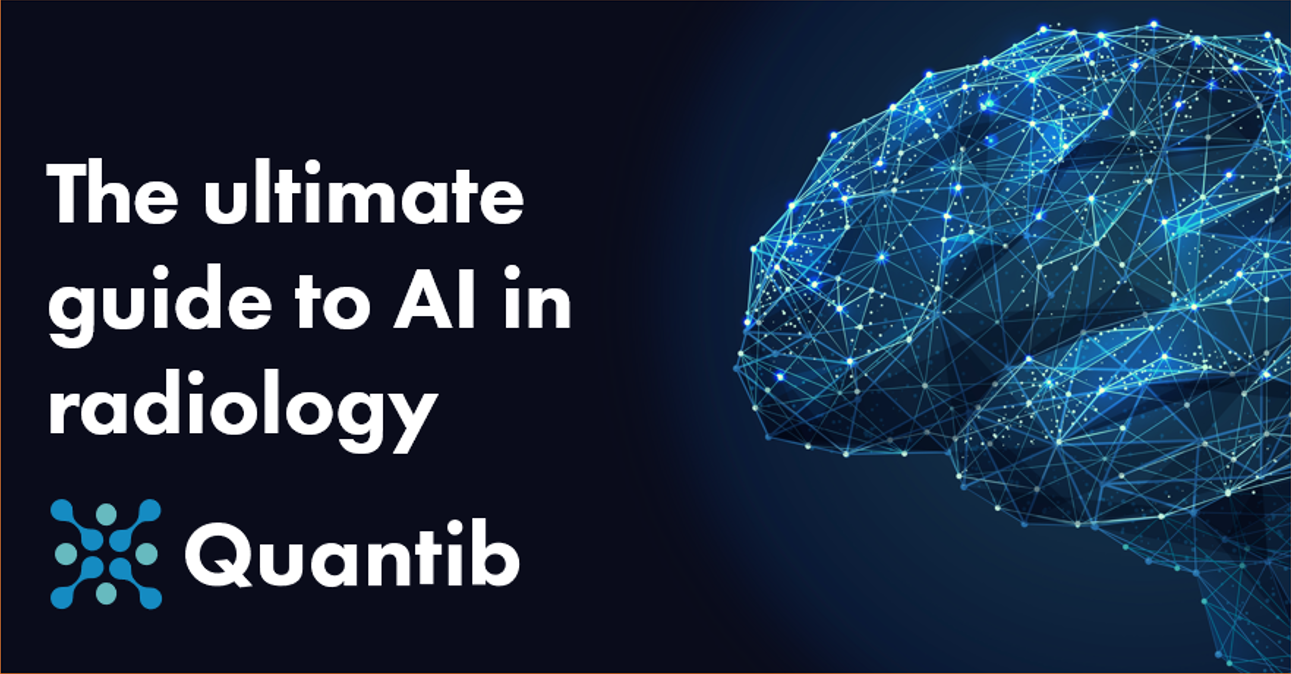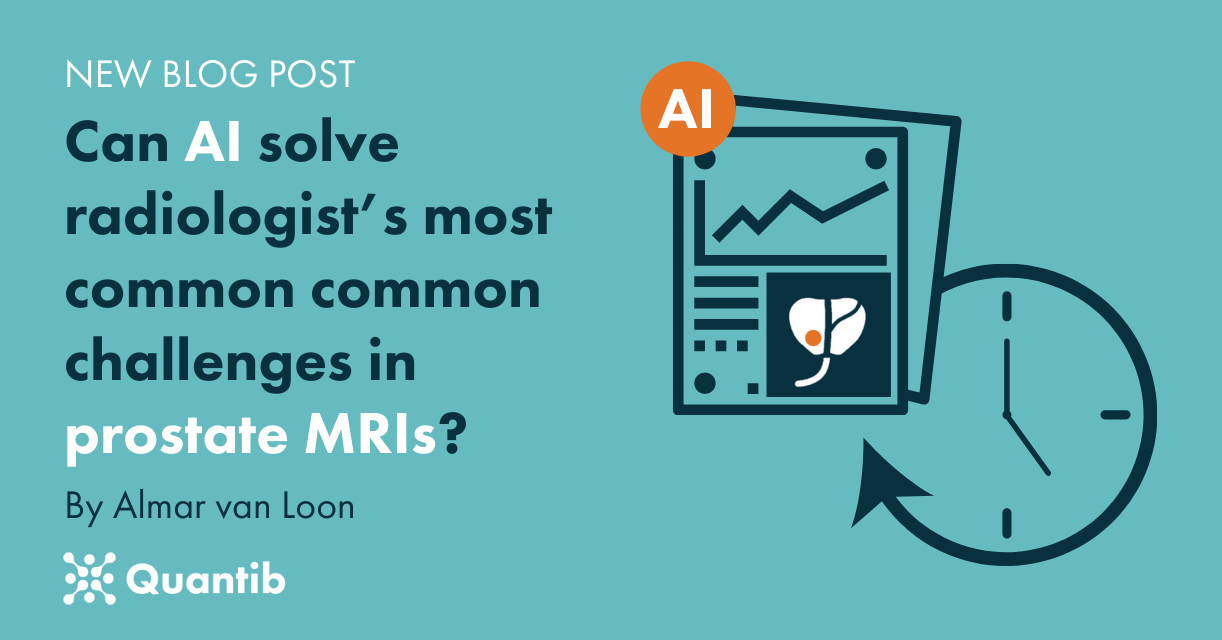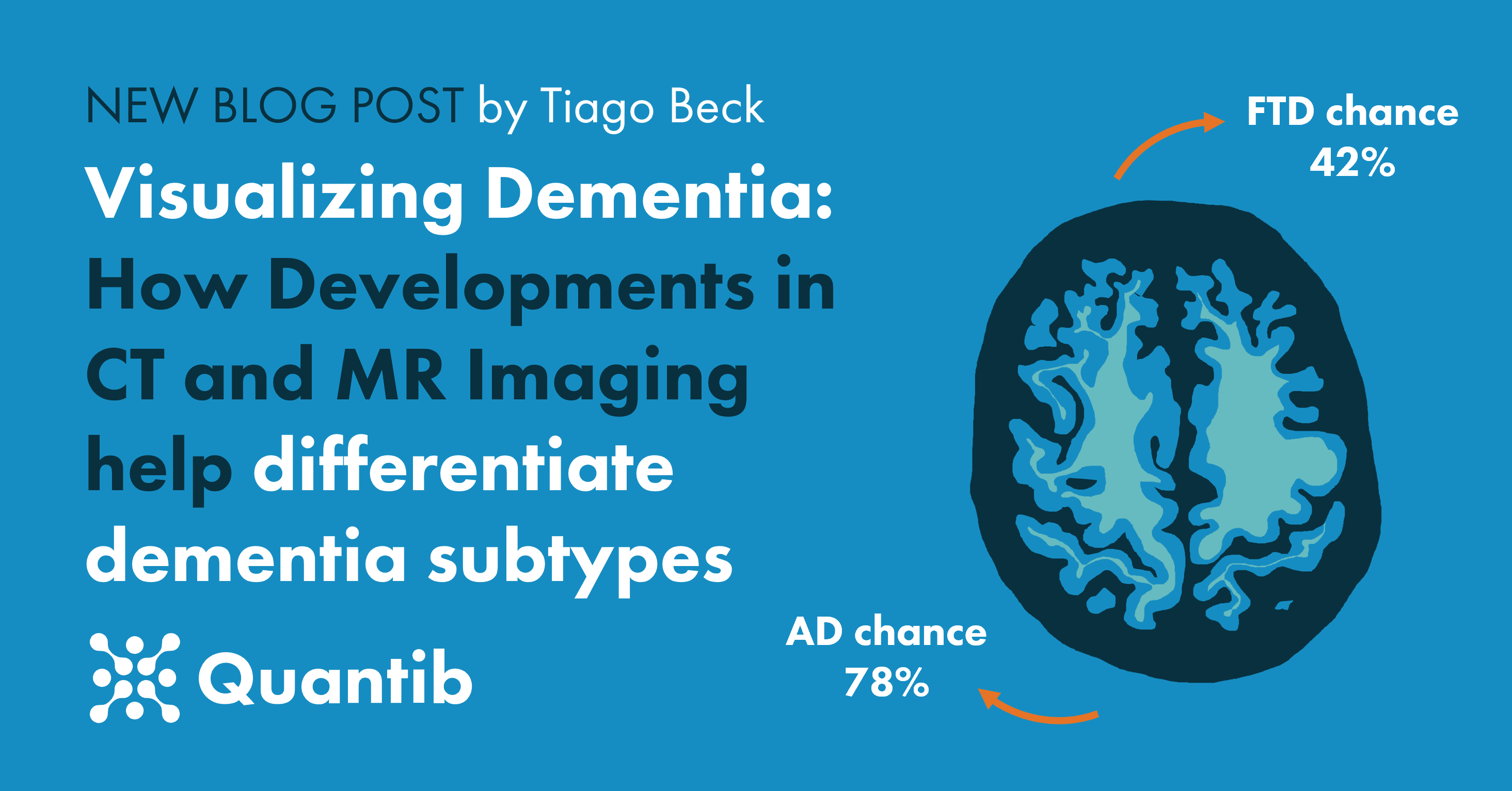In the past years, different research projects have been conducted in an effort to find a more efficient and accurate way of carrying out the clinical pathway for prostate cancer (PCa) diagnosis.
Developing clinically relevant medical image analysis software based on outstanding academic research
Our focus
In our commitment to improved patient care, we believe in the importance of doing research that extends beyond the uses-cases we have traditionally focused on commercially.
Research Software
Quantib Body Composition
Quantib has developed software that automatically segments subcutaneous fat, visceral fat, psoas muscle, abdominal muscle, and long spine muscles from CT scans at the level of L3. Such analysis of a patient’s body composition can be used in various clinical applications.
Quantib Research Cloud
For certain clinical research projects, Quantib is willing to provide access to our medical image analysis software for prostate and neurodegenerative diseases. Do you have a specific project in mind? Feel free to reach out to our clinical science team.
Projects
 B-Q Minded
B-Q Minded
B-Q MINDED is a collaboration of strong industry partners and hospitals, which aims to develop faster Quantitative Magnetic Resonance Imaging (Q-MRI) technology and accelerating it for use in routine clinical practice.
 ID-PROSTATE Project
ID-PROSTATE Project
The ID-PROSTATE Project focuses on the further improvement and acceleration of Quantib's AI-enhanced integrated diagnostic solution for the detection of potential tumors and workflow optimization involving urologists, radiologists and pathologists.
Continuous improvement of our products
To further improve the performance of our medical image analysis software, Quantib® ND and Quantib® Prostate we are actively gathering and processing customer feedback.
Do you want to learn more about the current functionalities?

Learn more from our resources
Ultimate Guide

The Ultimate Guide to AI in Radiology
What is artificial intelligence? How can AI help the radiologist? Which solutions are available now? How to implement Ai into clinical practice?
article
Visualizing dementia
Learn how developments in CT and MR Imaging, combined with quantitative analysis using artificial intelligence (AI), help differentiate dementia subtypes.

